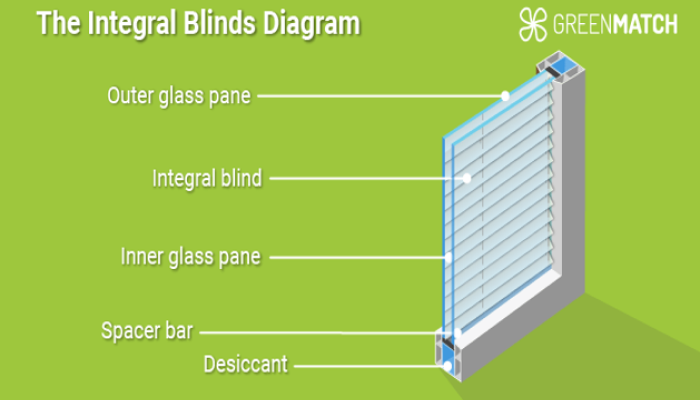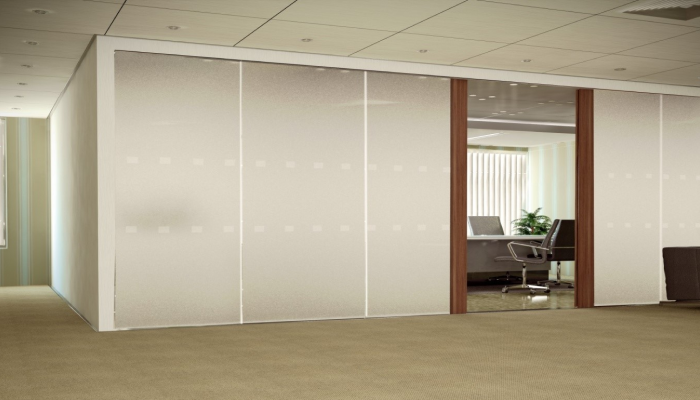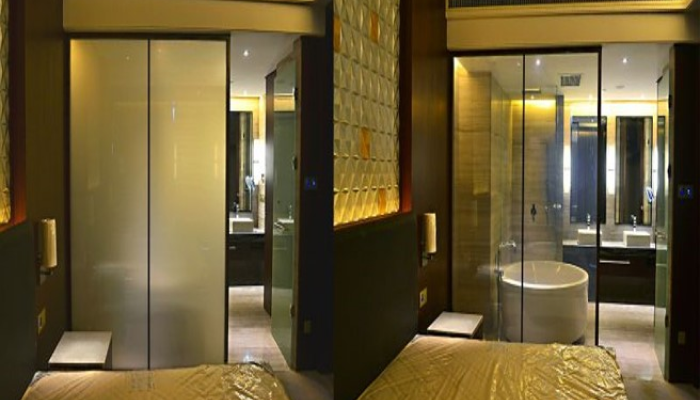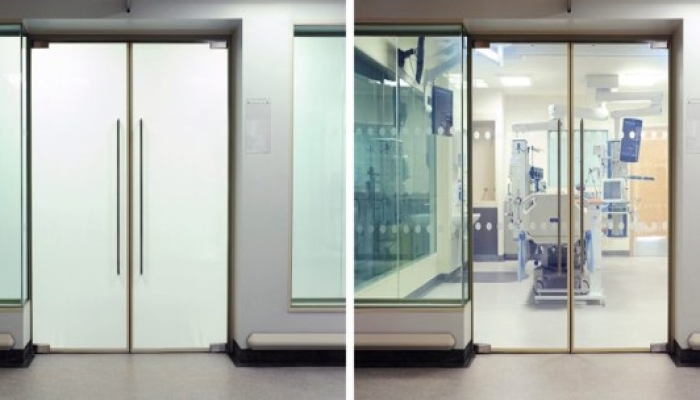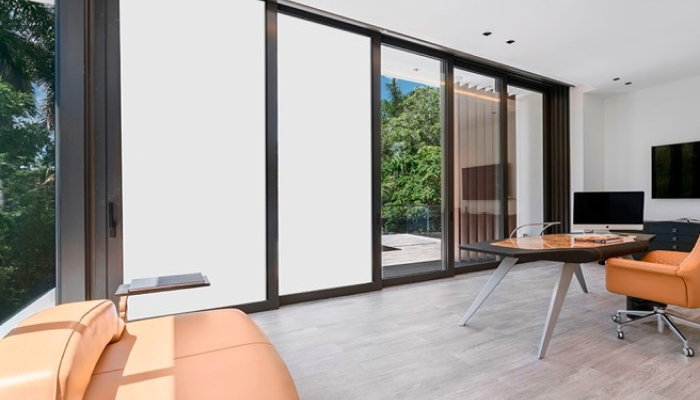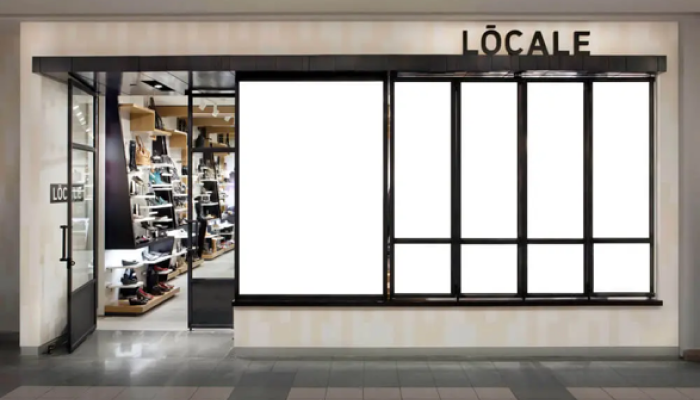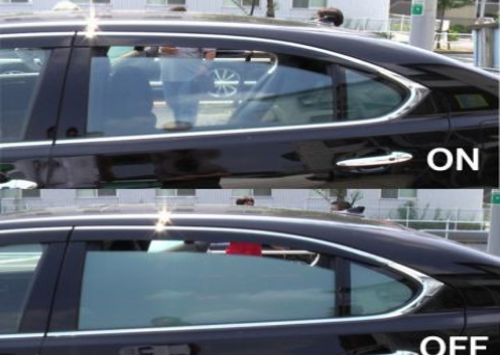Value Added Products
Smart Glass
Smart glass, also called LCG (light control glass), switchable glass or smart privacy glass, is helping to define the architectural, automotive, interior, and product design industries.
In the simplest definition, smart glass technologies alter the amount of light transmitted through typically transparent materials, allowing these materials to appear as transparent, translucent, or opaque. The technologies behind smart glass help resolve the conflicting design and functional demands for balancing the benefits of natural light, views, and open floor plans with the need for energy conservation and privacy.
The smart switchable glass technology can be integrated into windows, partitions and other transparent surfaces in various sectors, including architecture, interior design, automotive, smart retail windows, and consumer electronics.
There are two primary types of smart glass: Active and Passive.
These are defined by whether or not their changeability requires an electrical charge. If so, it’s categorized as active. If not, it’s categorized as passive.
Types of active switchable glass technologies
Polymer Dispersed Liquid Crystal (PDLC) glass : eg, typically seen in privacy partitions in various industries
Suspended Particle Device (SPD) glass : eg, windows that tint to shade as seen in automotive and buildings
Electrochromic (EC) glass : eg, coated windows that slowly tint for shading
Types of passive switchable glass technologies
Photochromic glass : eg, eyeglasses with coatings that automatically tint in sunlight.
Thermochromic glass : eg, coated windows that change in response to temperature.
Working of a Smart Glass
Smart glass using PDLC or SPD includes a film interlayer that is either laminated or retrofitted onto glass. This film interlayer consists of a PDLC formulation, or an SPD emulsion, that is coated between two sheets of transparent materials that each have an ITO (Indium Tin Oxide) conductive coating. When electricity is applied, the ITO conductive coating forces the molecules or particles in the chemical layer of the film to align, creating transparency. While PDLC and SPD are most commonly applied to films, electrochromic products are coated directly onto ITO conductive glass. One key trait all three technologies share is the ability to change the transparency of glass through polarization (a uniform lining up) of their molecules or particles inside the formulation (PDLC) or emulsion (SPD). As voltage decreases, and the film starts turning off, varying levels of opacity are achieved for dynamic shading, privacy, or IR solar light control. A dimming effect can be achieved by controlling the amount of voltage that is applied. In contrast, electrochromic smart glass never goes completely opaque and becomes clear when there is no current and it depolarizes. Switchable glass technologies use either transformers or controllers to manage power. Controllers can maintain a continuous charge, but transformers have to be turned off for part of the day.
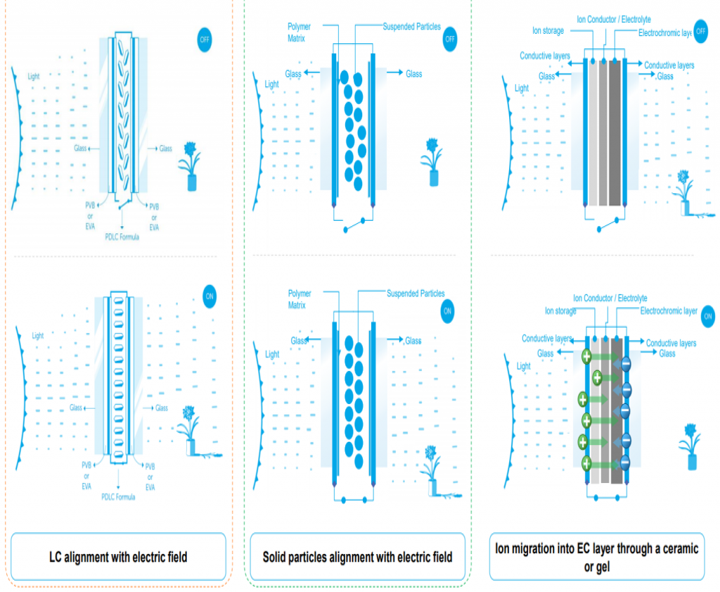
Advantages of Polymer Dispersed Liquid Crystal (PDLC) Glass
While this type of film is generally used for indoor applications, PDLC can be optimized to maintain its properties in outdoor conditions.
PDLC is available in colors and patterns. It is generally available in both laminated (for newly fabricated glass) and retrofit (for existing glass) applications.
PDLC switches glass from dimmable degrees of opaque to clear in milliseconds.
In windows, simple PDLC limits visible light, but does not reflect heat, unless optimized otherwise.
When clear, PDLC smart glass has excellent clarity with a minimum of 2.5 haze depending on the manufacturer.
PDLC is also responsible for the magic that enables glass walls and windows to become a projection screen or a transparent window instantly.
Advantages of Suspended Particle Device (SPD) Glass
It shades and cools interiors, blocking up to 99% of incoming natural or artificial light within seconds of shifting voltage.
Like PDLC, SPD can be dimmed, allowing for a customized shading experience.
SPD is ideal for exterior, sky or water facing windows and can be used in indoor applications as well, where darkness is required.
Advantages of Electrochromic (EC) Glass
Electrochromic privacy glass filters both the light and heat of solar rays.
ECD uses two electrodes to drive ionized particles from transparent to the opaque. Once the particles have moved, no current is required for them to stay at the current state.
Electrochromic switchable glass is ideal for exterior applications like energy-conserving windows, but not for privacy glass as it does not have the capability to turn completely opaque.
Applications
Motorized Blinds With DGU Glass
DGU Blinds is a system in which a blind is mounted between the glass in an Insulating glazed unit. The product does not change the characteristics of the insulation glass and is completely protected by it. Consequently dust, dirt and weather circumstances do not influence the blind, which makes maintenance unnecessary. DGU Glass Blind is a high-quality product line that has been developed out of a high-tech vision and meets strict norms with regard to quality, user friendliness and durability. Control the movement of Venetian blinds by remote or wall control to enjoy a quiet and comfortable space in your home. The view to the outside becomes visible with an elegant raising of the blinds. The angle of the blinds can be adjusted for convenient and easy sunlight control, preventing UV rays from damaging interior decorations.
Main components of the integral blinds-
Outer glass pane : The outer glass pane protects the integral blind from the elements and from accidental damage.
Integral blind : The integral blind is typically made of Venetian blinds, roller blinds, pleated blinds, or cellular blinds.
Inner glass pane : The inner glass pane seals the integral blind and protects it from dust and dirt.
Spacer bar : The spacer bar helps to create a seal between the two panes of glass and prevents moisture from entering the window unit.
Desiccant : The desiccant helps to keep the inside of the window unit dry and prevents condensation from forming.
Advantages
Integral blinds are contained within the sealed double-glazed unit, which gives you the advantage of never having to clean them.
Having the integral blind system sealed in the double-glazed unit means the blinds are far less likely to get damaged.
It is designed to fit your window perfectly. As it sits within the glazed unit, there is no issue with the sizing.
Since they use a double glazed unit the integral blind will also benefit from improved heat insulation throughout the colder times.
